Retro Replay Review
Gameplay
Tush-Tush: HaGibor HaMistory draws you into its interactive world with remarkably simple controls that echo the original television experience. Whether you use the number pad or the four arrow keys, moving Tush-Tush left, right, jumping or crouching feels immediately intuitive. This direct link to the TV show’s mechanics gives the game a charming authenticity and allows both newcomers and nostalgic fans to pick up the controller without a steep learning curve.
The game is divided into three distinct adventures, each offering its own set of challenges and obstacles. In the lost temple you’ll dodge traps and pitfalls while pursuing the world’s greatest diamond. The Himalayan expedition demands precision platforming as you collect fragile diamond flowers on narrow ledges. Finally, the high-stakes chase after King Evil tests your timing and reflexes as you pursue the villain across diverse environments. Each segment introduces new hazards—rolling boulders, shifting ice, armed guards—that keep gameplay fresh and engaging.
Beyond its core platforming, Tush-Tush rewards exploration and experimentation. Secret alcoves often hide bonus gems and shortcuts; taking a risk to leap off a seemingly innocuous platform might lead to a treasure trove. While the game is forgiving enough for casual play, there are optional time challenges that will appeal to completionists. Overall, the gameplay strikes a solid balance between accessibility and layered complexity, making every adventure feel like both a nostalgic throwback and a modern treat.
Graphics
The visual style of Tush-Tush: HaGibor HaMistory is an affectionate nod to classic 16-bit era platformers, delivering crisp sprite work with a vibrant color palette. Each setting is easily distinguishable: the temple’s torchlit corridors glow amber against dark stone, the Himalayas are painted in cool blues and whites, and the final royal chase bursts with rich reds and golds. These distinct backdrops not only look appealing but also provide clear visual cues for platform edges and hazards.
Character animations are smooth, and Tush-Tush himself sports a delightful array of moves—from a confident stride to a jaunty victory pose after collecting treasure. Environmental details, such as flickering torches, drifting snowflakes, and the swaying limbs of ancient statues, give each level a sense of life. Even on modest hardware, frame rates remain stable and input latency is minimal, ensuring that every leap and narrow escape feels precisely executed.
While the game does not aim for photorealism, its stylized charm is consistent and well-executed. Menacing temple guardians and the goofy grin of King Evil are both clearly rendered, supporting the lighthearted tone. Occasional parallax scrolling in the background layers adds depth, and subtle lighting effects—like the glint of a diamond—lend polish. Overall, the graphics serve the gameplay and story beautifully, capturing the spirit of the original interactive TV show in a bright, cartoonish package.
Story
Rooted in its origins as an Israeli interactive television game, Tush-Tush: HaGibor HaMistory thrusts you into the shoes of its eponymous hero, whose mission is as straightforward as it is endearing: save the kingdom and reclaim the king’s stolen wealth. The setup feels instantly familiar, yet charmingly specific to its cultural heritage, giving the narrative a unique flavor rarely seen in mainstream titles.
The trilogy of adventures unfolds like three televised episodes. The first chapter tests your resourcefulness in a mysterious temple, setting the tone with ancient traps and glittering stakes. When the journey shifts to the Himalayas, the narrative expands with light environmental storytelling—crumbled shrines and hidden cave paintings hint at the kingdom’s broader history. Finally, the pursuit of King Evil offers dramatic tension, pitting Tush-Tush’s wits against a cunning antagonist who taunts you through brief cutscenes.
Dialogue is concise and often humorous, maintaining a brisk pace that never stalls the action. While character development is minimal—Tush-Tush remains a largely stoic figure—the inclusion of witty one-liners and colorful personalities in supporting cast members injects levity. Fans of the original series will appreciate subtle callbacks, and newcomers will enjoy the straightforward plot that never becomes overwrought. In all, the story drives each level forward with clear goals and just the right touch of playful drama.
Overall Experience
Tush-Tush: HaGibor HaMistory offers a compact yet satisfying package for players seeking a nostalgic platformer with a cultural twist. With its three self-contained adventures, the game strikes a comfortable balance—each chapter feels like a complete quest, yet all tie together in a cohesive narrative arc. Whether you tackle it in marathon sessions or quick bursts, the pacing remains engaging from start to finish.
The combination of straightforward controls, vibrant visuals, and lighthearted storytelling makes this title well suited for a wide range of players. Younger gamers will appreciate the bright aesthetics and simple mechanics, while seasoned platformer fans can dive into optional challenges and speed-run attempts. The lack of overly punishing difficulty ensures broad accessibility, though the game still reserves enough surprises to satisfy more experienced players.
Ultimately, Tush-Tush: HaGibor HaMistory stands out as a lovingly crafted homage to its interactive television roots. It delivers three distinct adventures that are easy to pick up yet rich in detail, wrapped in a presentation that never takes itself too seriously. For anyone intrigued by a playful platformer with a dash of cultural flair, this unlikely hero’s journey is well worth the quest.
 Retro Replay Retro Replay gaming reviews, news, emulation, geek stuff and more!
Retro Replay Retro Replay gaming reviews, news, emulation, geek stuff and more!

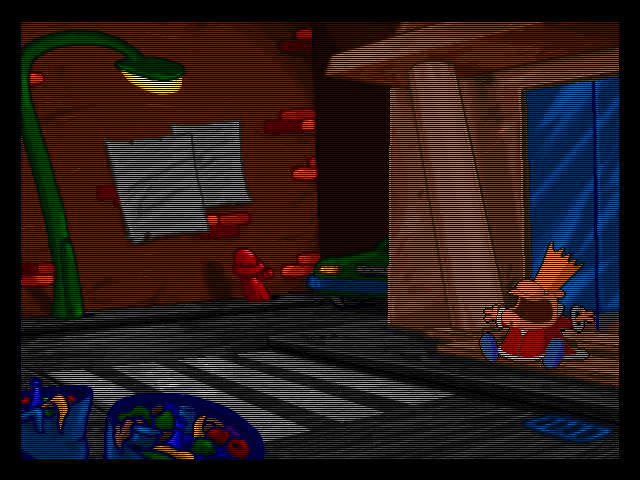
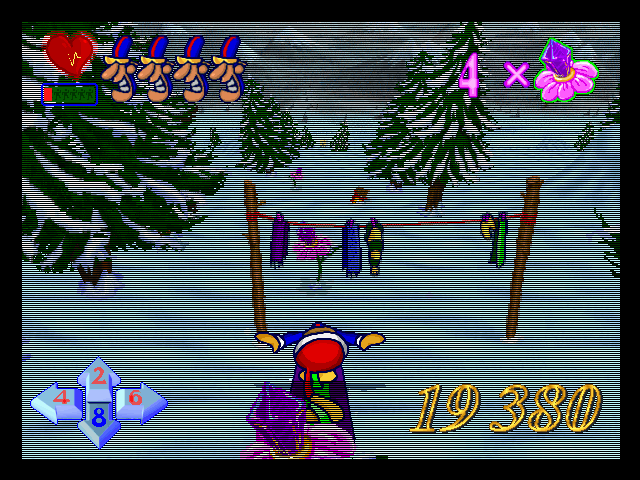
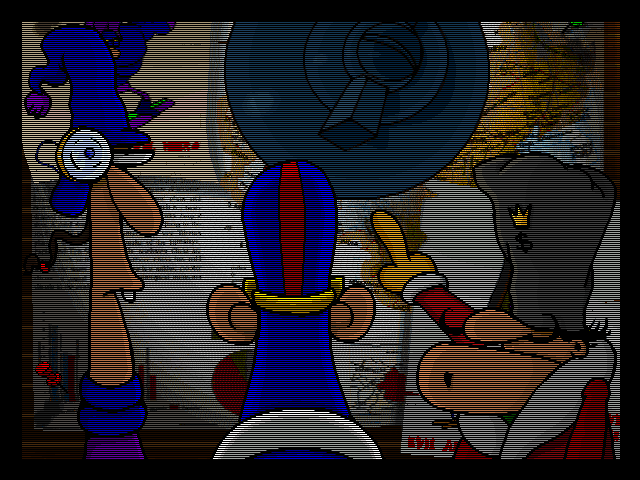
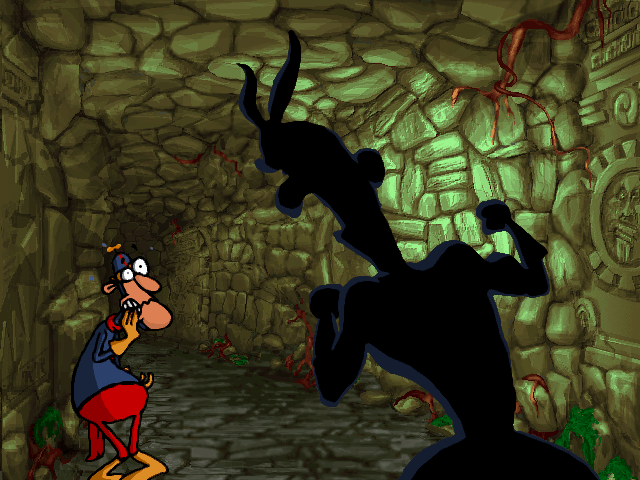
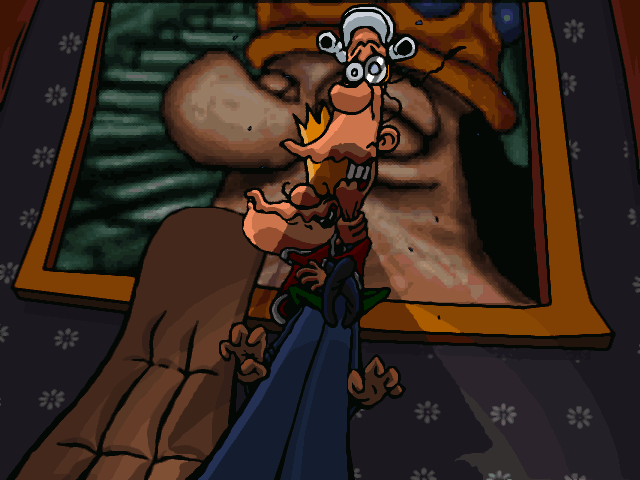



Reviews
There are no reviews yet.